OOPS! We had an incorrect link in our Fall Newsletter message. If you're looking for the *FALL* 2016 newsletter, it's here. You'll find the Spring 2016 newsletter below as usual.
Natural Area Preservation News
Protecting and restoring Ann Arbor's natural areas and fostering an environmental ethic among its citizens.
Volume 21, Number 1
Spring 2016
- Park Focus: Arbor Hills Nature Area
- Coordinator's Corner: Help Nature Take Its Course
- Discovering The Pipevine Swallowtail
- NAP's Apps of Interest: A2 Fix It
- Garlic Mustard Weed-Out Day, May 7th
- Staff Updates and other NAPpenings
Park Focus: Arbor Hills Nature Area
George Hammond, Outreach and Inventory Assistant
Arbor Hills Nature Area is a wedge of woods and wetlands in the northeast corner of the city, between Green Road and US-23. It’s one of our smaller natural areas, just under 6 acres, but it has some special features that are rare in our parks. At the west end, the park includes a portion of a small buttonbush swamp, in the middle, the woods are at least 70 years old, and at the east end there is a vernal pool.
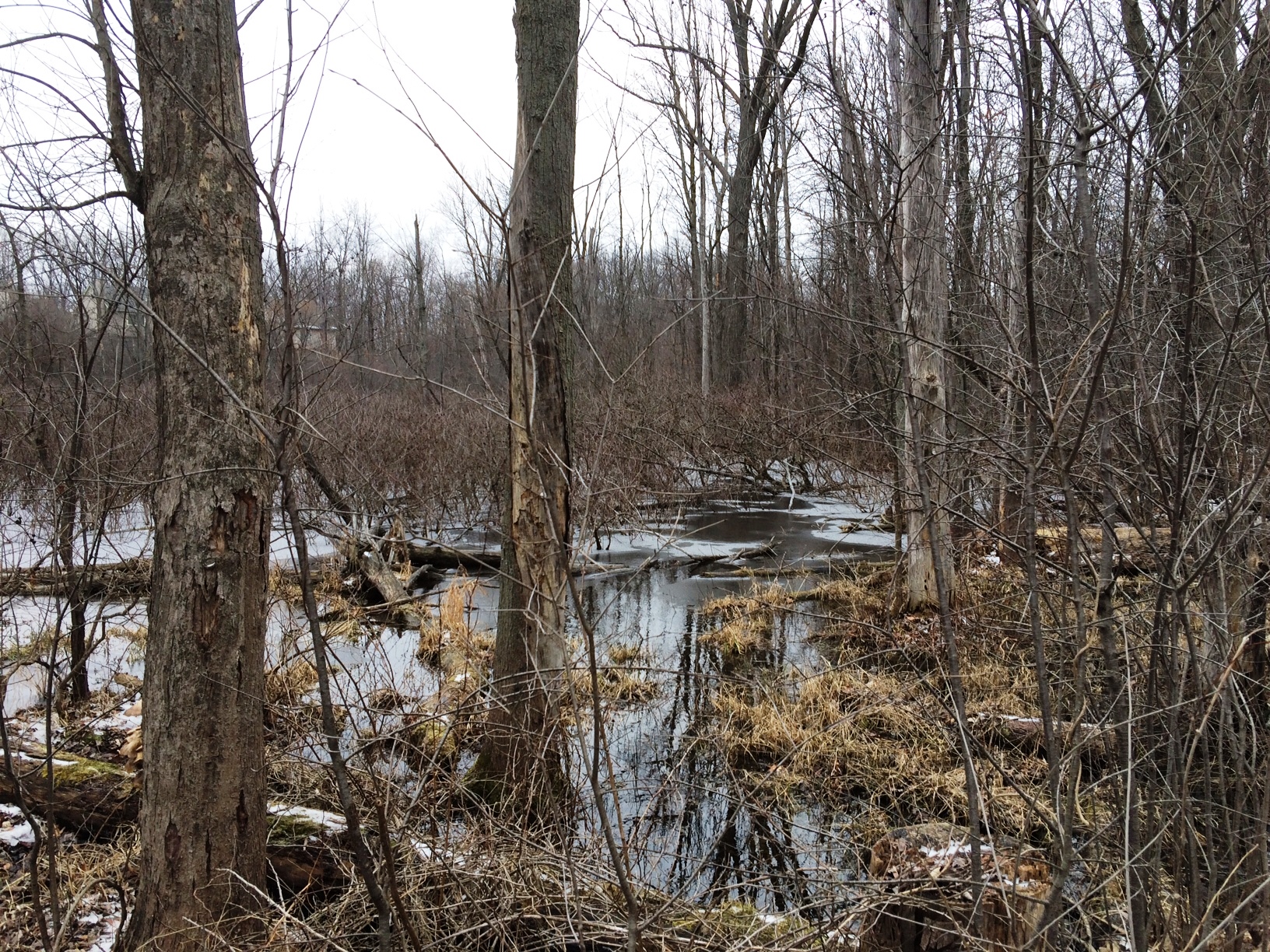
At the west end, the park includes a portion of a small buttonbush swamp
The wetlands here are part of a complex of seasonal pools and permanent ponds in the area. These are old habitats: a map of the landscape circa 1800 (created from early surveyor notes) shows wooded wetlands here. It was these wetlands that first brought me to Arbor Hills Nature Area a few years ago. I was a volunteer with NAP's Frog & Toad Survey, and frogs breed in the wetlands here. For the frog survey, volunteers each choose a route with stops at several different parks in a section of the city. During the spring and early summer, we follow the route after dark, listening at each stop and recording the frogs that we hear. Each of the 10 or so frog and toad species in the city has its own distinct call, and they are pretty easy to tell apart. Arbor Hills Nature Area has 6 of them: chorus frogs, green frogs, gray treefrogs, American toads, spring peepers, and wood frogs. It's one of the best parks in Ann Arbor for treefrogs, and now a good place to hear wood frogs. Some of the wood frogs that were relocated from the construction of Skyline High School in 2005 were released here (some also in nearby Sugarbush Park). We have been happy to find that the wood frog population survived relocation, and their descendants are breeding in the Arbor Hills Nature Area wetlands.
Frog surveyors try out their route in daylight before they go out at night, and on my first visit that spring, I was delighted to find that the woods in Arbor Hills Nature Area have some fine displays of spring wildflowers. Trout lily was abundant! Along with the trout lily, Jack-in-the-pulpit blooms here in the spring, as well as bloodroot and May-apple. A NAP survey in 2001 found 138 species of plants - not as high as some of our other natural areas, but not bad for a small park! The combination of woods and wetlands provide for more diversity. The park has a number of native wetland plants, like the lovely swamp rose that Stewardship Specialist Becky Gajewski photographed last year, and the buttonbush that covers much of the large wetland.
The original 1998 botanical survey of the park found two tree species of special note in Arbor Hills Nature Area. Near the path that cuts through the middle of the park, there is a flowering dogwood, a small understory tree with beautiful white flowers. There is also a swamp white oak, a much larger tree near the vernal pool east of the path. Swamp white oak and flowering dogwood are both at the northern edge of their range in southern Michigan, and both are considered to indicate a relatively undisturbed habitat. This is very nice to have in a natural area!
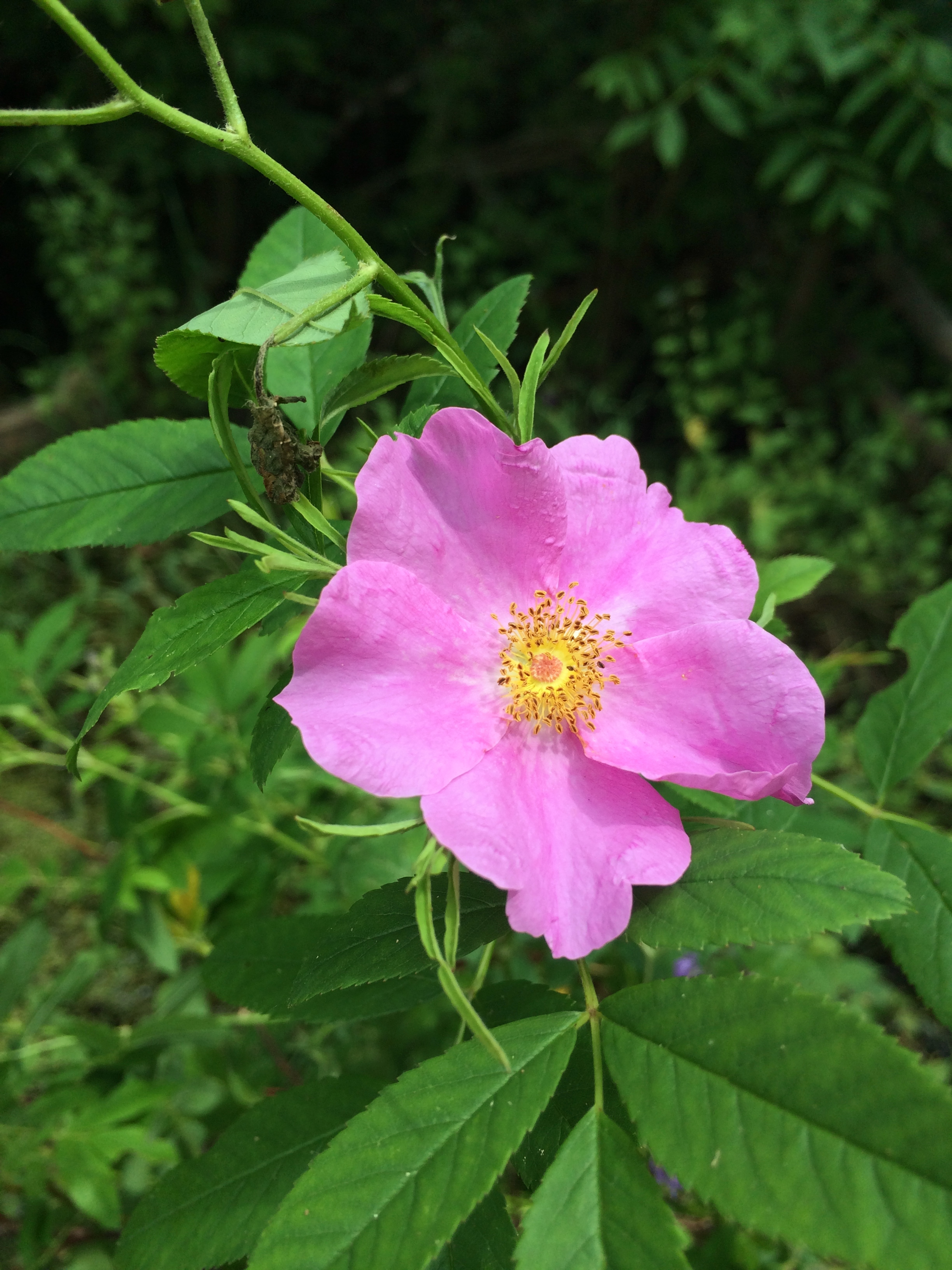
Swamp rose (Rosa palustris) blooming in Arbor Hills Nature Area, photographed by Becky Gajewski.
Coordinator's Corner: Help Nature Take Its Course
Dave Borneman, Deputy Manager for Volunteerism and Natural Area Preservation
My contributions to this newsletter routinely draw from events in my own life, or from the larger community. No issue has demanded more of my time these past few months than the implementation of Ann Arbor’s first deer cull, which took place in designated park natural areas between January 2 and March 1. The decision to do a cull in designated city parks in wards 1 and 2 was a policy decision made by City Council after a two-year public process. It’s important to note that policy is set by City Council. Staff’s role is to implement policy.
I want to focus my comments here on the broader issue of natural area management, or stewardship, in general. Of all the complaints I heard about the cull, the hardest for me to understand was the "let Nature take its course" argument, which suggests that we shouldn’t be "playing God" with Nature. This perspective, to continue the biblical theme, looks at Nature as a "Garden of Eden" with us as humans simply looking on from the side, or maybe being lucky enough to walk through it and admire it, the way one might walk through and appreciate an art gallery, never interacting with the art itself, simply observing it. From that world view, there is absolutely no reason for humans to be culling deer, or controlling invasive species, or reintroducing fire into a natural community, or doing any other type of ecological management, or stewardship.
In my role as NAP Manager, that’s not my perspective. Sure, it might be easier to look at a remote wilderness and say that we humans should stay away and "let Nature take its course" there (although, of course, we now understand that this planet is not as large as we once thought, and human impacts are, literally, everywhere on Earth). But here in Ann Arbor, in our city parks, among this fragmented landscape, we are centuries past the point of being able to "let Nature take its course." Our natural areas may be fragments of a former wilderness, but they are missing many key components of that wilderness, and are instead burdened with many other stresses and challenges that are the result of centuries of accumulated human impacts. Nature now needs our help to "take its course."
So the discussion, in my opinion, is not about if we should step in and manage natural areas, but how we should take action. If we see that our past human actions have allowed one species to thrive, its population exploding at the expense of other native species, disrupting the ecological balance within our natural areas, how should we as responsible stewards address the situation? That’s the challenge we have with garlic mustard, buckthorn, purple loosestrife, and many other invasive species, and some aggressive native ones. So we take direct action with prescribed fire, or hand-pulling, or mowing, or introducing a bio-control, or even with the targeted application of herbicide. But what do we do when none of those techniques is effective? And what price are we as a community willing to pay to address these threats? These are decisions that we, as one community living together, need to make collectively. I hope we can do it in a cooperative, respectful and collaborative manner. And I hope you will be an active part of that discussion about how we help Nature take its course.
Discovering The Pipevine Swallowtail
Becky Gajewski, Stewardship Specialist
Cutting away at a big thicket of invasive shrubs can sometimes be a meditative exercise. You focus in on your work, tune out everything else around you, and let your mind go blank. But if you stop every once in a while and look around, you may find something extraordinary hiding in an unexpected place.
Two members of our conservation crew made a discovery like this last summer while cutting honeysuckle during a workday at Cedar Bend Nature Area. They noticed an interesting-looking black caterpillar with lines of bright orange "spikes" along both sides of its body sitting on the end of a honeysuckle twig. Neither crew member had seen a caterpillar like this before, so they moved the twig with the caterpillar on it safely out of the workday area and snapped a picture to bring back to the office for identification. Since it was such a distinctive looking caterpillar, it didn’t take long to figure out that what they had found was the larva of a pipevine swallowtail butterfly (Battus philenor), a species of special concern in Michigan!
Pipevine swallowtails are normally found in open areas near deciduous forests. They lay their eggs on pipevines, which are plant species in the genus Aristolochia. The hatchling caterpillars use the pipevines as host plants, which provides them with both a home and a food source. There’s no telling why this particular caterpillar chose to rest on a honeysuckle instead, but the caterpillars do move through the forest in search of new host plants. When they have grown big enough, the caterpillars stop feeding, leave their host plants, and transform into a chrysalis that can survive the winter. The adult butterfly emerges in the spring (as early as late April) sporting iridescent dark blue wings marked with rows of orange and white spots. They then search for nectar from plants such as thistle, wild bergamot, phlox, and common milkweed.
These beautiful butterflies feed solely on pipevine plants while they are larvae because pipevines are toxic to other animals. The pipevine swallowtail, however, is not harmed by the toxins, and retains them in its body to use as a deterrent against predators. If a predator were to eat a pipevine swallowtail, it would likely find the butterfly to be very distasteful. This is such an effective defense mechanism that several other species of butterfly, including spicebush swallowtails and black swallowtails, mimic the appearance of the pipevine swallowtail.
Pipevine swallowtails are listed by the state as a special concern species in Michigan because they are uncommon, and found only in the southern Lower Peninsula (they are a southern species, occurring down to the Gulf Coast) They are also threatened by habitat destruction and the loss of their host plants. In fact, one of their main host plants in Michigan, Virginia snakeroot (Aristolochia serpentaria), is listed as threatened in Michigan, which means it is legally protected.
In order to restore and preserve the pipevine swallowtail habitat at Cedar Bend Nature Area, we will continue our invasive species removal work in the area where it was found. Clearing stands of invasive forbs (like garlic mustard) and shrubs (like honeysuckle) will open up growing space and allow more light to reach the forest floor, which will stimulate the growth of the host plants.
From 1995-2004, NAP hosted a yearly butterfly survey with the help of local butterfly experts. For the 2016 survey season, NAP has partnered with the Michigan Butterfly Network (MiBN) at the Kalamazoo Nature Center to restart the butterfly survey in some of our parks and nature areas. In order to participate in the survey, volunteers must attend a mandatory indoor training. The training will be held in Ann Arbor on May 21st from 1 to 4 p.m. Please email NAP@a2gov.org or call 734-794-6627 for more information and to register.
NAP's Apps of Interest: A2 Fix It
George Hammond, Inventory and Outreach Assistant
In the next few issues we’ll be reporting on apps for smartphones and tablets that we think might be interesting and helpful for park friends and volunteers. We’ll start with the city’s own app, A2 Fix It. This is a tool for reporting non-emergency, non-urgent problems to the City of Ann Arbor from your smartphone, tablet, or computer. This app and web service allows you to report issues related to many types of maintenance concerns around the city, including park maintenance issues or needs, potholes, streetlights out, traffic sign issues, obstructed sidewalks, missed cart pickups, and many more. The app is available for iOS and Android mobile devices, and over the web: A2gov.org/a2fixit.
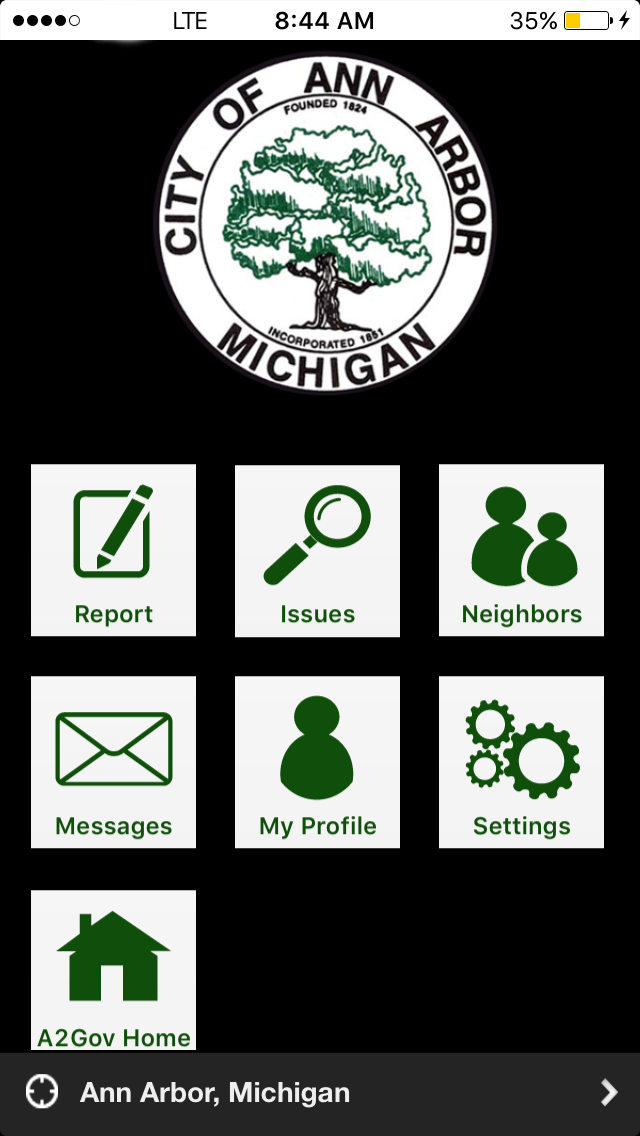 A2 Fix It is not for emergencies. Please call 9-1-1 for emergencies and crimes in progress. For water, sewer, or flooding problems, please call 734.794.6320 Monday–Friday, 8am to 5pm. During evenings, weekends and holidays, call the Water Treatment Plant at 734.994.2840.
A2 Fix It is not for emergencies. Please call 9-1-1 for emergencies and crimes in progress. For water, sewer, or flooding problems, please call 734.794.6320 Monday–Friday, 8am to 5pm. During evenings, weekends and holidays, call the Water Treatment Plant at 734.994.2840.
Of course you are still welcome to let us know your concerns about our natural areas to NAP directly by phone (734.794.6627) or by email to NAP@a2gov.org.
We’re grateful when park visitors share information with us!
18th Annual Garlic Mustard Weed-Out Day
Saturday, May 7, 9 a.m. to noon
Garlic Mustard Weed-Out Day is an annual tradition! Volunteers hand-pull invasive garlic mustard in natural areas all around Ann Arbor! Garlic mustard is an invasive species that can quickly crowd out native plant species and decrease natural diversity in the woods. Identifying and pulling garlic mustard is fun and easy for all ages, making this is a great volunteer opportunity for families.
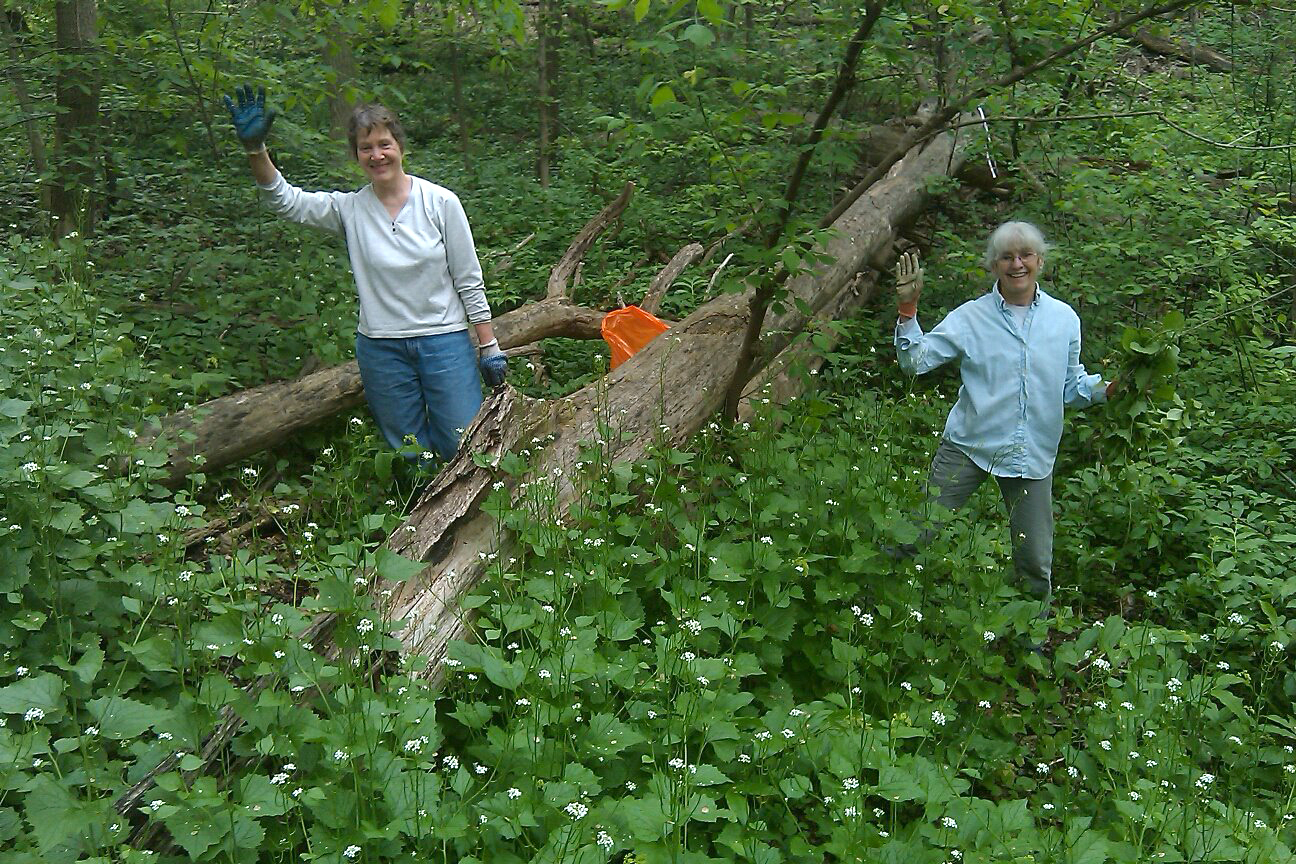
Participating parks:
Argo Nature Area - meet at the north end of the Argo Canoe Livery parking lot near the entrance to the woods, 1055 Longshore Drive.
Cedar Bend Nature Area - meet us at the Island Park parking lot, at the end of Island Drive
Hannah Nature Area - meet at the west end of Bath Street, off 7th Street just north of Huron Street.
Marshall Nature Area - meet in the parking lot off Dixboro Road, north of Plymouth Road
Miller Nature Area - meet at the Arborview Boulevard entrance, just east of Wildwood Avenue.
White Oak Park - meet at the park entrance on White Oak Drive.
NAPpenings
Thank you!
Many thanks to the groups who volunteered with NAP recently. We could not make such a difference without you!
- EMU Vision Volunteer Center
- UM Alpha Phi Omega Co-ed National Service Fraternity
- UM Engineering Global Leadership Honors Program
- UM Phi Sigma Rho Engineering Sorority
- UM School of Information students
Thanks and congratulations to these Boy Scouts who completed their Eagle projects in our parks:
- Brian Dokas – Wayfinding signs in Olson Park
- Ian Ricoy – New trail liners in Argo Nature Area
- Justin Zeffer – Wayfinding signs in Scarlett-Mitchell Nature
Staff Update
Farewell...
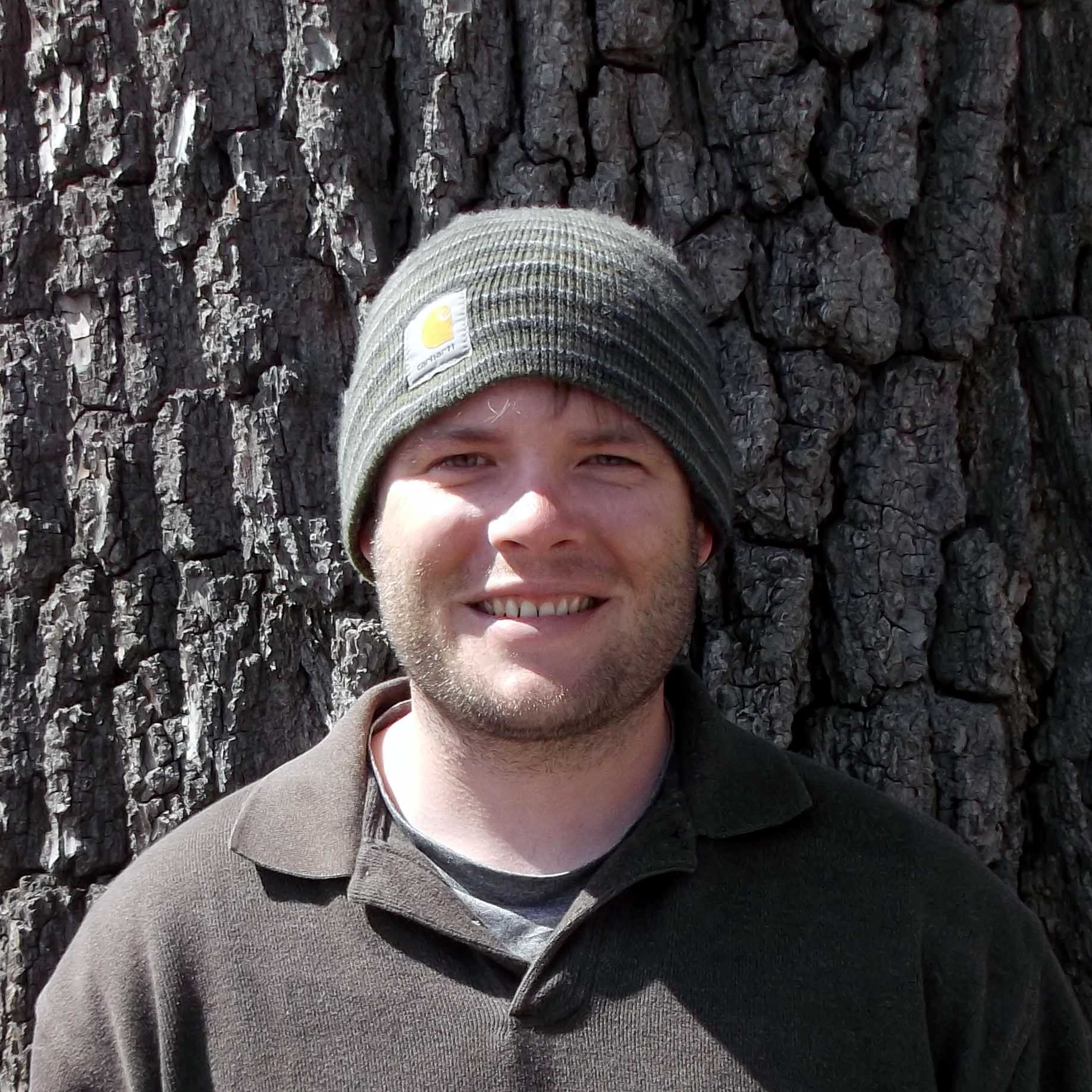 Nathan Helms
Nathan Helms
Field Crew Leader
I am extremely grateful for the experience and
professional development that was provided to me through my two years at NAP. I
had a great time, and we were extremely productive this past season; largely
due to a high level of volunteer participation. I would like to thank all of
the volunteers that dedicated their time in developing their understanding of
natural systems and their hard work focused on restoration efforts. This was a
great organization to have been a part of and I wish you all a happy,
productive 2016.
 Rafa Contreras-Wrangel
Rafa Contreras-Wrangel
Field Crew
Looking back at the past year I spent with NAP,
I am really grateful for the opportunity to work with such a great
organization. Not only am I grateful for all the skills I’ve acquired, but also
the friends I made of my coworkers and volunteers. Thanks to NAP, I will be
moving to St. Paul, Minnesota, to work as a crew leader with the Conservation Corps. I’m
also planning on enrolling at the University of Minnesota to get a masters
degree in forestry or aquatics
 Catie Wytychak
Catie Wytychak
Park Steward Coordinator
Thank you to NAP and all the park stewards for making my
time working with you such a pleasure. I enjoyed learning about our natural
areas and all their unique features. I’m now working for the Water Resources
Commissioner’s Office so am lucky to be able to continue living in beautiful
Ann Arbor!
